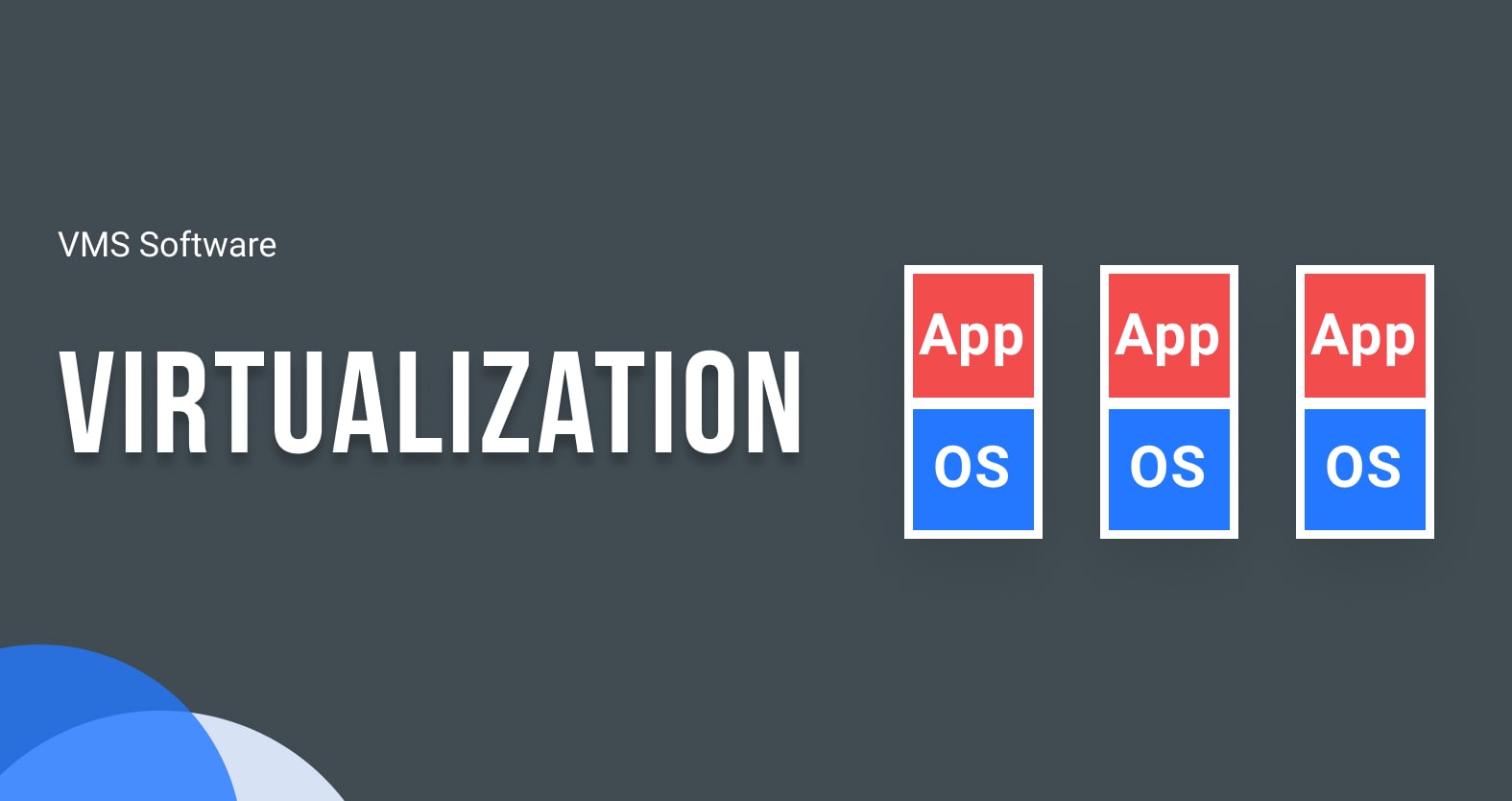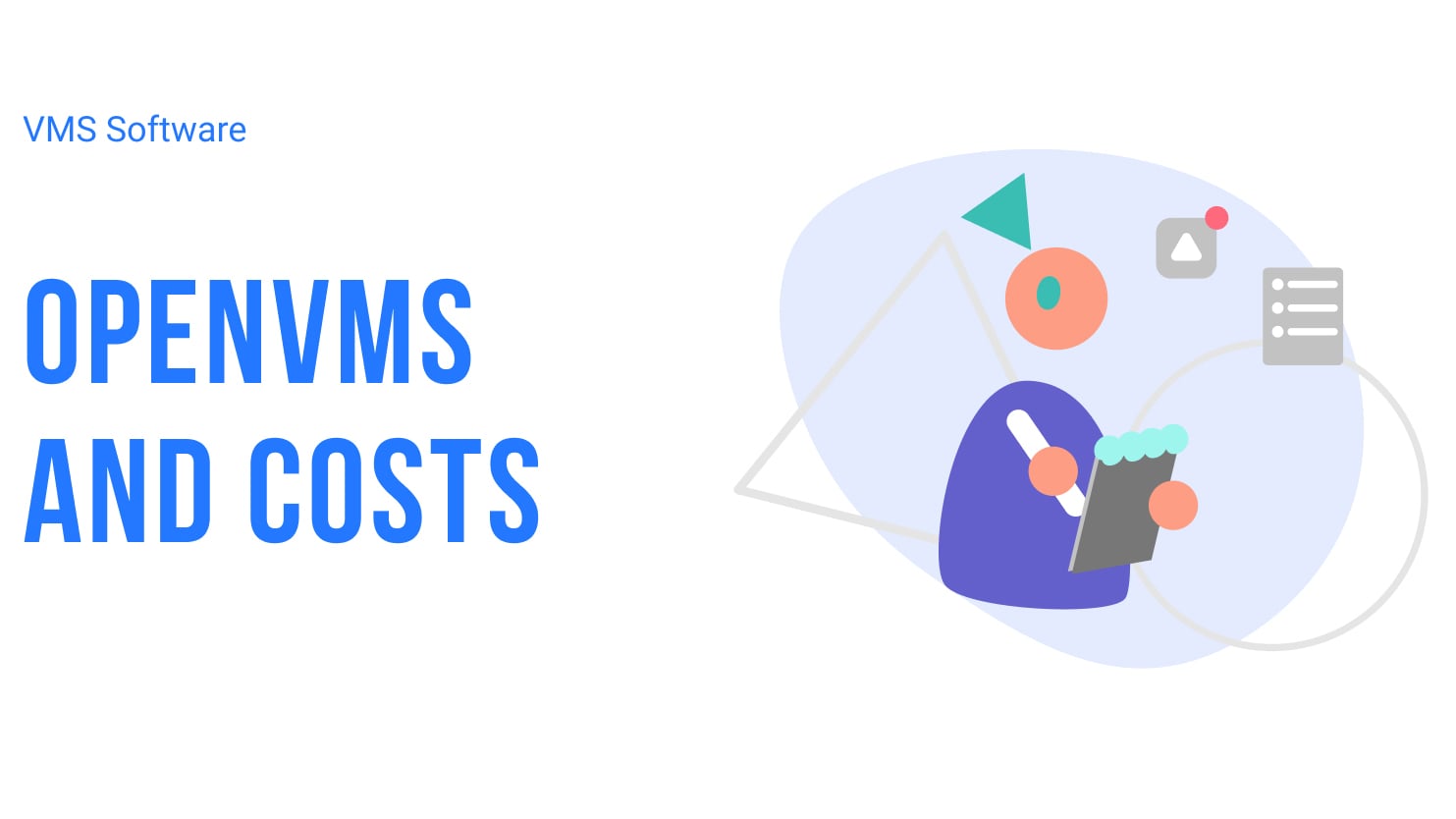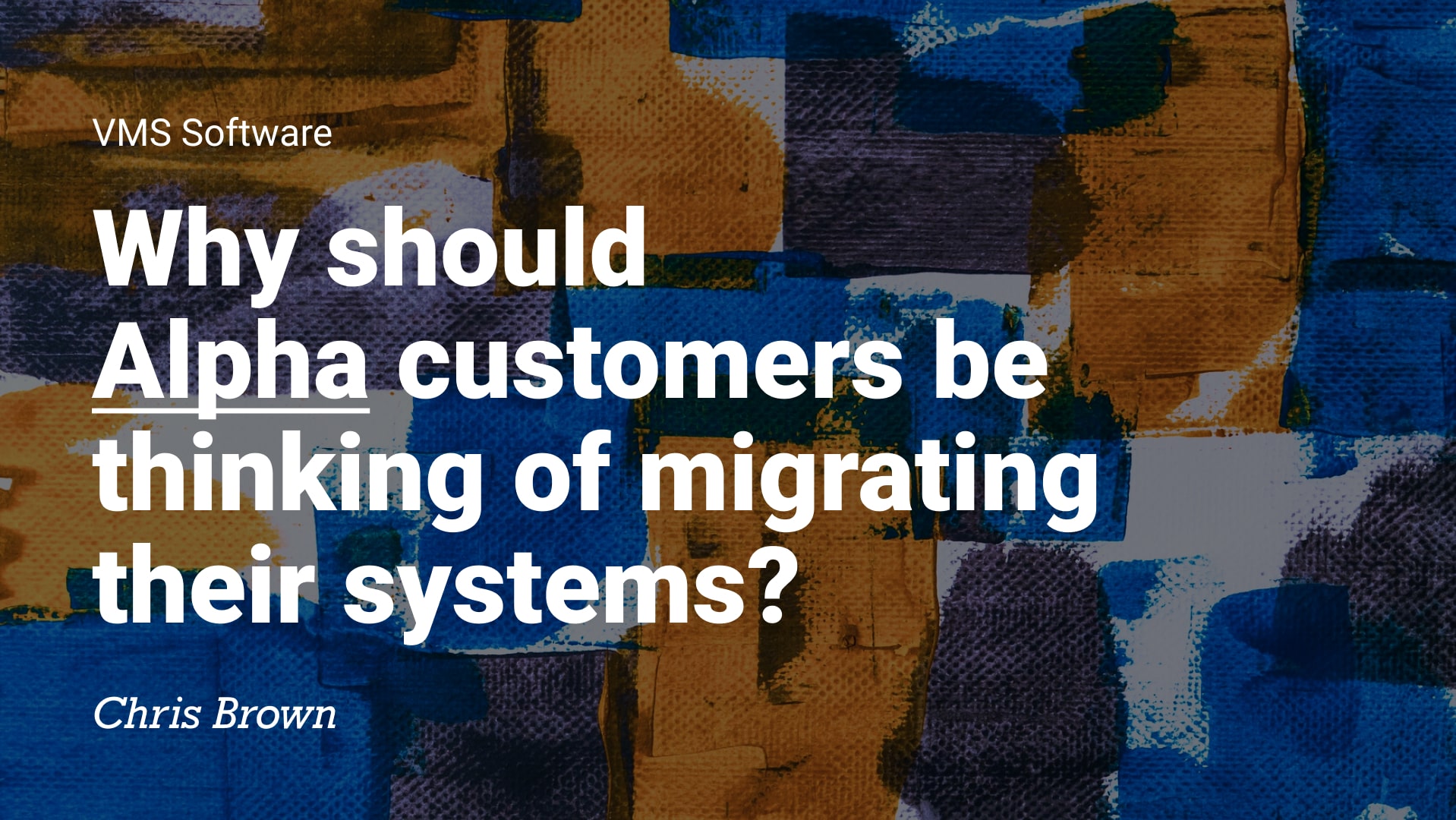Virtualization

In computing, virtualization (alternatively spelled virtualisation) refers to the act of creating a virtual (rather than actual) version of something, including virtual computer hardware platforms, storage devices, and computer network resources. Virtualization began in the 1960s, as a method of logically dividing the system resources provided by mainframe computers between different applications. Since then, the meaning of the term has broadened. (Source: Wikipedia)
An interesting definition of Virtualization from Wikipedia; interesting on a number of levels. Firstly, I am a Brit and I keep spelling it incorrectly (alternative spelling) according to my American colleagues, so it’s nice of Wikipedia to recognise the difference. Secondly, the 2nd paragraph states that virtualization started in the 60s; I have no idea who authored this article, but it is fascinating to hear that definition.
I am not sure it started in the 60s; maybe it was the 70s; but what is a fact is that virtualization is not something new. Take the acronym VMS: it stands for Virtual Memory System (the clue is in the name). In the 70s, companies like IBM and DEC were developing solutions that made better use of hardware rather than the single process machines that started the IT revolution. Phrases like partitions, virtual memory, and multi-user started to creep into the lexicon of IT words.
Do not worry I am not going to give you a lesson on the history of computers, however it is good to understand where some of this technology came from. Virtualization is not a new concept, neither is hosting. What is new is that companies like Amazon and Google saw an opportunity to streamline the process of delivering these technologies by changing the business process and developing and using innovative software to deliver the vision.
So where does this leave OpenVMS? As mentioned earlier the clue is in the name. OpenVMS understands virtualization, however up until now that understanding was limited to traditional computing models, namely on-premise physical servers. Today we can obviously host OpenVMS servers in a Data Centre and provide many of the services now associated with virtualization, but we do not have the ability to spin up instances at the click of a button or charge based on consumption. However, this is all going to change with the advent of OpenVMS 9.2.
I remember talking to Clair Grant about a year ago when he said to me “don’t be different”, and that thinking has stuck with me ever since. We need to be the same, so when a CTO says to the OpenVMS administrator, “can you run me up an instance of OpenVMS on AWS; we need a couple of CPUs, a 100GB networking capability and about 500GB storage”, his answer is “sure”; it is not “you will have to give me a couple of hours” or “Hmm, I’m not sure how to do that”; it is “sure, no problem”. The question is, how do we achieve that goal?
Well, to start with the engineering team took advantage of virtualisation technology throughout the 9.2 project. Much of the development of OpenVMS 9.2 has occurred using Oracle Virtual Box and KVM instances, and the reason for this is 2-fold. Firstly, it gave the developers the opportunity to test their ideas in a highly efficient environment. Secondly, due to this terrible pandemic, all of our engineers are currently working remotely, so a distributed method of working was key to the continuing success of this project. A virtualized infrastructure gave us that tool.
Next, we have the financials. Now if I am being honest, the old DEC, Compaq, and HP VMS and OpenVMS engineering groups rarely saw the terms profit and VMS in the same sentence, which is not their fault. The engineering team are software engineers, and it was up to others within the organization to commercialize the product. In the early days this was relatively easy; VMS was the only game in town that provided enterprise-type computing to corporates and non-corporates alike. Then other operating systems’ came on the scene, and DEC in particular had a decision to make: UNIX or VMS (or both)? Well we know the answer to that one! And then came Microsoft followed by Linux. The engineers continued to develop the VMS operating system, but the financials never kept up. We now have the opportunity to change that; we have a management team who get that the finances need to be on par with market expectations. Version 9.2 lets us do that; it lets us reset our licensing and deployment models and lets us get back into the game.
Now back to the history lesson above. Most of the people now working for VSI have a long history with the concepts of virtualization, epitomized by our CTO, who has been promoting virtualization since the very beginning of VSI. Put those ingredients together and it is easy to appreciate why our thinking has been “Let us get OpenVMS onto virtualized environments”, and “don’t be different”.
Director of Strategy for VMS Software, Inc.

